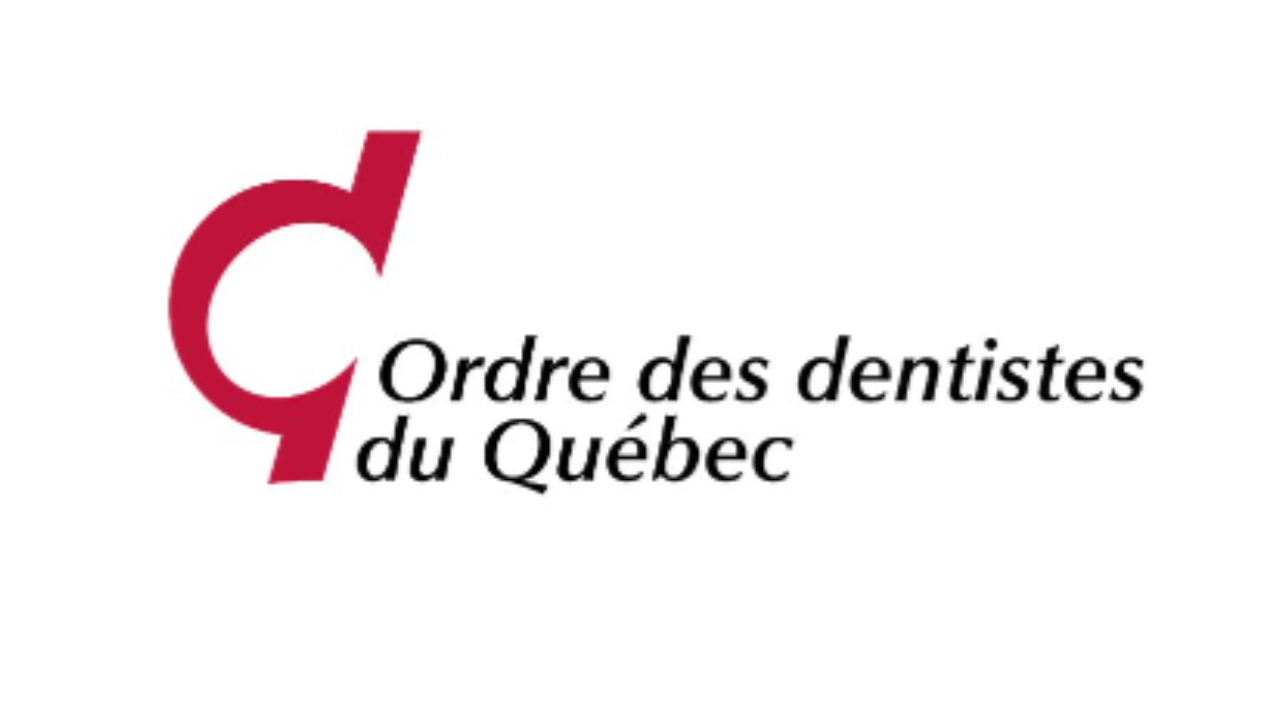Botox Training for Quebec Dentists: Approval from the Odre des Dentistes du Quebec
Mar 28, 2025
The Odre des Dentistes du Quebec has recently announced the approval of the use of Neuromodulators (aka Botox) & Dermal Fillers for Quebec dentists.
As such, we are pleased to announce that Dr. Roberts will be providing two lectures at the Journées Dentaires Internationales du Québec (JDIQ) on June 2/3, 2025

Lecture Details: The Therapeutic Use of Botulinum Toxin & the Aesthetic Side Effects
Have you dabbled in Botulinum Toxin treatment? Are you curious & want to learn more?
In this lecture, Dr. Roberts explains how the multiple mechanisms of action of Botulinum Toxin have an impact far beyond facial wrinkles and why a detailed understanding of the anatomy of the face & neck are paramount to a succesfull therapeutic and aesthetic treatment.
Learn how the secondary and tertiary mechanisms of action affect pain modulation and have a major impact on adjunctive therapy for TMD and headache treatment. Muscle relaxation of sensitive periodontal tissues with Botulinum Toxin prior to surgery can have a significant influence on implant success. Learn how Botulinum Toxin can impact your practice in ways you have never before considered!
OBJECTIVES:
- Describe the synergy between the therapeutic & aesthetic uses of Botulinum Toxin.
- Describe how Botulinum Toxin can interface with implants, TMD, perio, endo, ortho for more positive treatment outcomes.
- Explain why an in-depth understanding of anatomy is crucial for positive patient outcomes.
Conference Special Offer: Get started with the online Level 1 course today and receive $500. Simply use the code: JDIQ
About PTIFAT
We are pleased to be offer Botox certification for dentists and their teams to get trained to the highest Standard of Practice of patient care within the industry. Through our anatomy-based training and PTIFAT’s proven clinical protocols, dentists in Quebec who integrate Botox will benefit from:
- Increased practice revenue
- Improved patient care & loyalty
- Highly engaged team
Quebec Botox Course: Get Certified
To become a certified Botox provider, you will need to complete the following two courses to get started:
- Level 1 Advanced Anatomy online course (25 CE) - prerequisite for the hands-on.
- Level 2 Basic Botulinum Toxin - clinical hands-on (24 CE).
- You may register for Level 1 and Level 2 at the same time (recommended).
Upon completion of the Level 1 & 2, you will learn how Botulinum Toxin is used for:
- Fine Facial Lines & Wrinkles
- Headache & Migraine
- Parafunctional Habits: Bruxing, Clenching, Grinding
- Symptoms of TMD: Pain & Tenderness in the Muscles of the Head & Neck
Register Now for Hands-on Botox Training for Quebec Dentists:
Botox Course Resources for Quebec Dentists
- The Importance of Knowing Both the Therapeutic & Aesthetic Applications of Botox
- EMG Guided Botox Therapy for Pain
- How to Choose a Botox/Filler Course
- Botulinum Toxin: Not Just a Pretty Face (PDF article)
Quebec Botox Instructor: Dr. Warren Roberts
Dr. Warren Roberts is a general dentist who is recognized by Dentistry Today as one of the top 100 CE speakers. Dr. Roberts has trained over 8,000 dentists, physicians, specialists and nurses on how to effectively integrate Botulinum Toxin into their practice. His practice has been stated as the number one dental provider of botulinum toxin in North America. After attending several Botulinum Toxin training programs earlier in his career, Dr. Roberts was concerned with the level of training that was being provided in this field. To be an exceptional practitioner with no negative side effects, Dr. Roberts believes you need not only a deep level of understanding of head and neck anatomy, but also a deep understanding of specific practices and injection techniques that make the patient experience remarkable Through his commitment to delivering excellence in this field, his program content and educational model he has developed through the PTIFA is now being adopted by various regulatory boards across Canada to develop their “Standard of Practice”.

